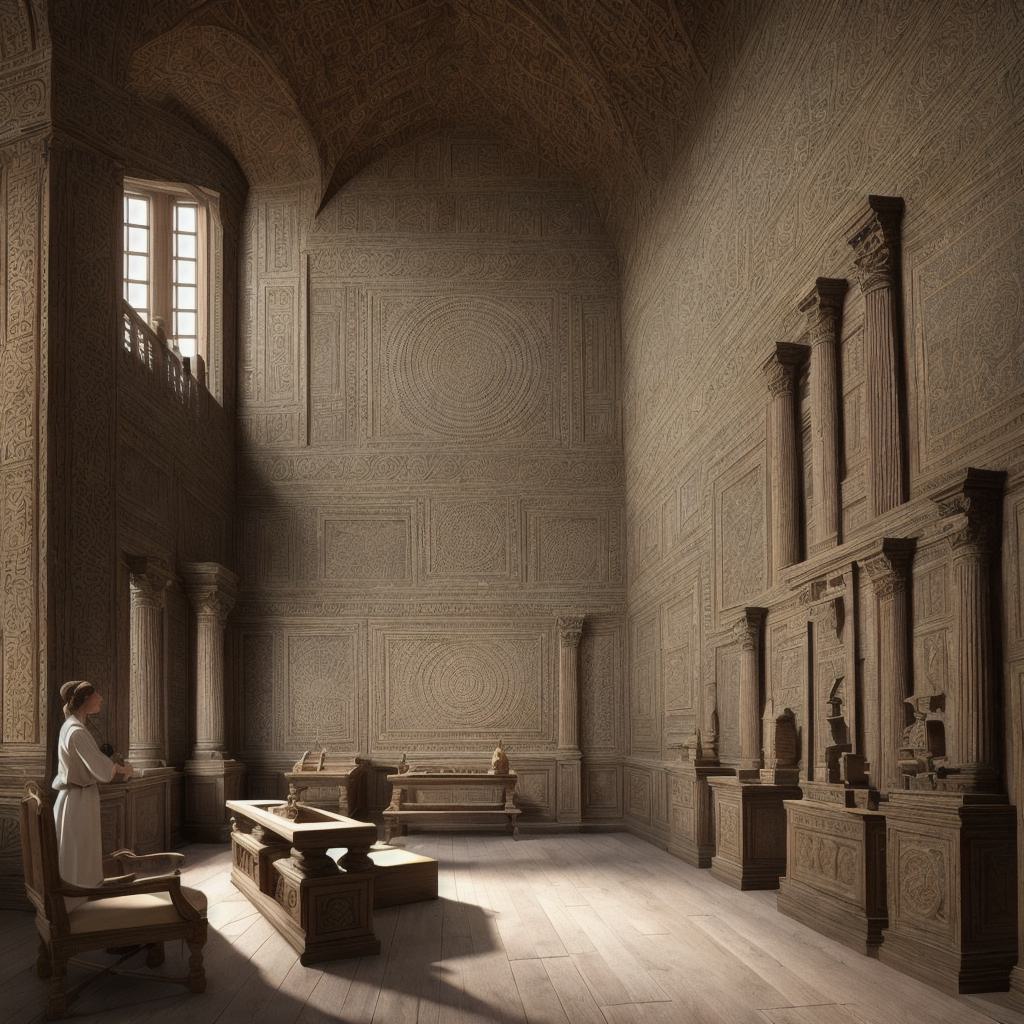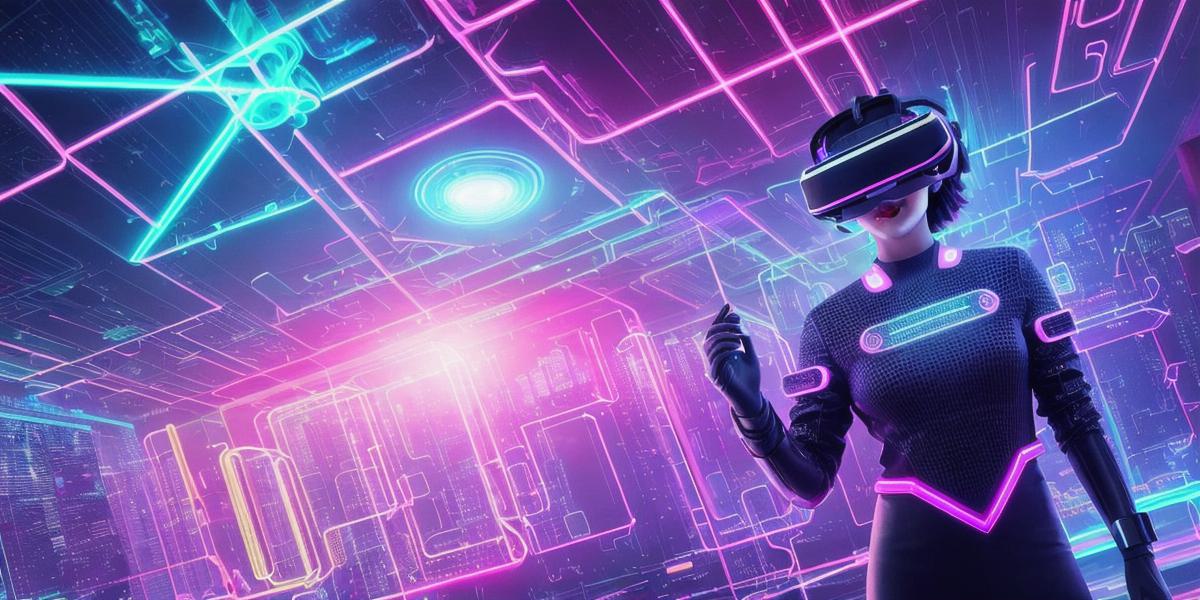The metaverse, a collective virtual shared space, is often imagined as a 3D world. However, this perception is narrow and incomplete. In truth, the dimensions of the metaverse extend far beyond the confines of three dimensions (3D). In this response, we’ll explore the multi-dimensional nature of the metaverse and examine its implications.

What is the Metaverse?
Before delving into the depths of the metaverse’s dimensions, it’s essential to first understand what it is. The metaverse is a collective virtual shared space where users can interact in real-time, build communities, and create their unique experiences. It’s a digital universe where imagination knows no bounds.
**Beyond Three Dimensions: The Metaverse’s Hidden Depths**
While the 3D environments of the metaverse are visually captivating, they only represent the tip of the iceberg. The metaverse’s true dimensions encompass more than just spatial coordinates (x, y, z). In fact, it can be thought of as having at least five essential dimensions:
- Spatial Dimensions: These are the traditional x, y, and z axes that allow users to navigate through a virtual environment.
- Temporal Dimension: The metaverse exists not only in the present but also in the past and future. Users can access historical content or participate in events that haven’t happened yet.
- Sensory Dimensions: The metaverse isn’t limited to just visual experiences. It incorporates auditory, haptic (touch), and even olfactory (smell) dimensions for a more immersive experience.
- Emotional Dimension: Users can express and feel emotions in the metaverse. Their digital avatars can convey feelings through body language or vocal inflections, creating a deeper connection between users.
- Social Dimension: The metaverse is built on connections between people. It’s a place where friendships can form and communities can thrive, transcending physical boundaries.
Exploring the Metaverse’s Multi-Dimensionality: Examples and Summarys

Consider a virtual museum as an example of how these dimensions interplay. In a virtual museum, users can visit historical exhibits (temporal dimension), engage with art pieces through a 3D interface (spatial dimension), listen to guided tours or recorded music (auditory dimension), touch digital textures (haptic dimension), and even feel emotions when viewing moving pieces (emotional dimension). Users can also interact with each other in real-time, forming friendships and discussions that may last long after their visit (social dimension).
In conclusion, the metaverse is a vast, multi-dimensional space where users can experience not just 3D environments but also a rich tapestry of sensory, emotional, temporal, and social dimensions. It’s a world without limits, where imagination and creativity are the only boundaries.
